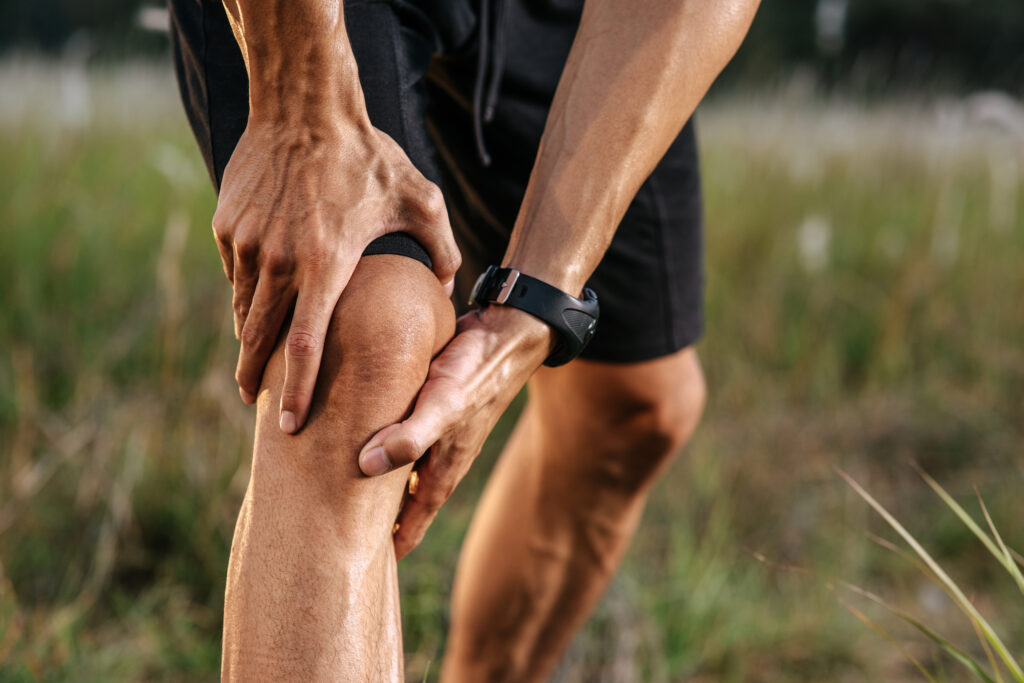If you're looking to improve your flexibility and mobility, you're in the right place. You might not realize it, but small adjustments in your routine can lead to significant benefits. From dynamic stretching to the mindful practice of yoga, each method offers unique advantages that can enhance your overall movement. Incorporating techniques like foam rolling and strength training can further support your goals. But it doesn't end there; your hydration and nutrition play an essential role too. So, what are the specific strategies you can implement to see noticeable changes?
Incorporate Dynamic Stretching
How can you effectively prepare your body for movement? One of the best ways is to incorporate dynamic stretching into your routine. Unlike static stretching, which involves holding a position, dynamic stretching focuses on active movements that increase blood flow and enhance flexibility. It's a great way to warm up your muscles before any physical activity.
Start by integrating movements that mimic the exercise you're about to perform. For instance, if you're going for a run, try leg swings, walking lunges, or high knees. These dynamic stretches engage your muscles and get your heart rate up. Aim for 5 to 10 minutes of dynamic stretching, ensuring you target all major muscle groups.
You can also include movements like arm circles and torso twists to prepare your upper body. The key is to keep the movements controlled yet purposeful. Avoid bouncing, as this can lead to injury. Instead, focus on a smooth, fluid motion to maximize the benefits.
As you perform these stretches, listen to your body. If anything feels tight or uncomfortable, adjust your technique or reduce the range of motion. This preparation not only enhances your performance but also decreases the risk of injury.
Incorporating dynamic stretching into your warm-up routine is a simple yet effective way to enhance flexibility and mobility. By doing so, you're setting yourself up for a successful workout or athletic performance.
Practice Regular Yoga
Yoga is a powerful tool for enhancing flexibility and mobility. By incorporating regular yoga practice into your routine, you can experience significant improvements in how your body moves and feels. Each pose stretches and strengthens various muscle groups, allowing you to achieve a greater range of motion. You'll find that even just a few minutes of yoga each day can make a noticeable difference.
When you step onto your mat, focus on your breath. Deep, mindful breathing not only calms your mind but also helps release tension in your muscles. As you flow through different postures, pay attention to how your body responds. You might discover areas where you're tight or stiff, and gentle stretches can help alleviate that discomfort over time.
Consider joining a class or following online videos to guide you through various sequences tailored for flexibility. Poses like Downward Dog, Cobra, and Pigeon can improve hip and spine mobility, while forward bends can enhance hamstring flexibility.
As you practice, be patient with yourself. Flexibility takes time to develop, and consistency is key. Remember to listen to your body. If a pose feels uncomfortable, modify it or skip it entirely. The goal is to feel good and promote mobility, not to push yourself into pain.
Utilize Foam Rolling
Incorporating foam rolling into your routine can further boost your flexibility and mobility. This effective technique works by applying pressure to your muscles and fascia, helping to release tightness and improve blood flow. By using a foam roller, you can target specific areas in your body, addressing knots and tension that might be limiting your range of motion.
To get started, choose a foam roller that suits your needs—there are various densities available. If you're new to foam rolling, start with a softer roller to ease into the practice. As you become more comfortable, you can progress to firmer options that provide deeper tissue release.
When you foam roll, focus on one muscle group at a time. For example, if you're working on your calves, position the roller under your leg and slowly roll back and forth. Spend about 30 seconds to a minute on each area, breathing deeply to help your muscles relax. You should feel slight discomfort, but if you experience sharp pain, ease off.
Incorporate foam rolling into your routine before or after workouts, or even on rest days. This helps your muscles recover and prepares them for further stretching.
Consistency is key—aim for a few sessions each week to experience the best results. By making foam rolling a regular part of your routine, you'll notice increased flexibility, improved mobility, and a greater overall sense of well-being.
Engage in Strength Training
Strength training is an essential component of enhancing flexibility and mobility. It's often misunderstood that strength and flexibility are opposites, but they actually complement each other. When you build strength, you're also improving your body's ability to move freely and efficiently. Strong muscles support your joints and can help prevent injuries while allowing for a greater range of motion.
To get started, focus on compound movements that engage multiple muscle groups. Exercises like squats, deadlifts, and lunges not only build strength but also require flexibility in your hips, knees, and ankles. As you perform these movements, pay attention to your form. Proper technique is key to maximizing benefits and minimizing the risk of injury.
Incorporate resistance bands or weights to add variety to your routine. These tools can help you strengthen specific muscles while promoting better coordination and balance. Remember, it's important to work through a full range of motion. This means not only lifting weights but also lowering them carefully to encourage flexibility.
Don't forget to include mobility exercises as part of your strength training regimen. Movements such as dynamic stretches or yoga poses can help you maintain flexibility while boosting strength. Aim for at least two to three strength training sessions per week, focusing on different muscle groups each time.
Stay Hydrated and Nourished
Building strength is just one piece of the puzzle when it comes to enhancing your flexibility and mobility; staying hydrated and nourished plays a vital role too. Your body relies on proper hydration and nutrition to function at its best, especially when you're engaging in physical activities. Without the right fuel, you may find your muscles stiffening, which can hinder your flexibility.
To guarantee you're supporting your flexibility and mobility, focus on these key practices:
- Drink Plenty of Water: Hydration is essential for keeping your muscles and joints lubricated. Aim for at least eight 8-ounce glasses of water daily, and adjust based on your activity level.
- Consume a Balanced Diet: Include a mix of proteins, healthy fats, and complex carbohydrates. Foods rich in omega-3 fatty acids, like salmon and walnuts, can help reduce inflammation, supporting your mobility.
- Incorporate Fruits and Vegetables: These are packed with vitamins and minerals that help your body recover and maintain elasticity. Leafy greens and berries are especially beneficial for overall health.
- Consider Electrolytes: If you're sweating a lot, replenishing electrolytes is essential. Foods like bananas and sports drinks can help restore balance, keeping your muscles functioning well.
Conclusion
By incorporating these five strategies into your routine, you can greatly enhance your flexibility and mobility. Start with dynamic stretching before workouts, practice yoga regularly, utilize foam rolling for muscle relief, engage in strength training, and make sure to stay hydrated and nourished. These simple steps will not only help you improve your range of motion but also keep your body agile and resilient for all your activities. Embrace these practices and feel the difference in your movement!



